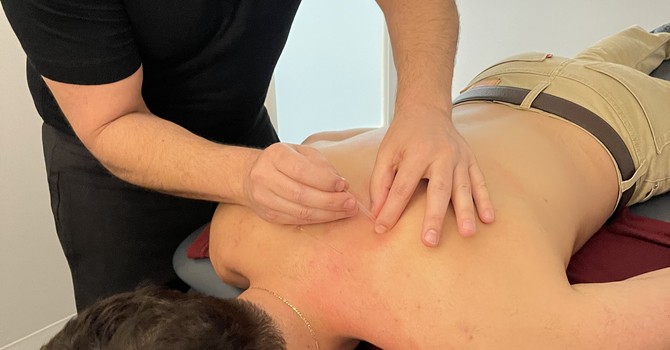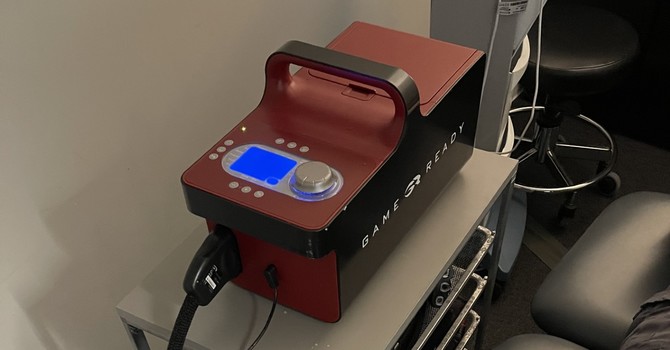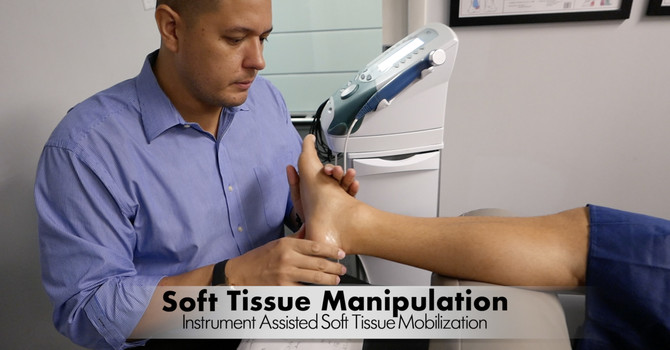Lumbar degenerative disease is nearly universal in the aging spine. Typically, associated symptoms may be successfully managed non-operatively.
What are some causes for lumbar fusion? As aging occurs, the amount of calcification increases. Calcification of the disks between the vertebrae and the ligaments of the spine may result in stiffness and rigidity. Some factors that can contribute to pain, discomfort and loss of mobility are spinal stenosis, scoliosis, herniated disk and degenerative disk disease. In patients with continued pain and functional limitations despite appropriate conservative modalities, operative intervention is considered.
What happens during surgery? The surgeon places bone or a bonelike material within the space between two spinal vertebrae. Metal plates, screws and rods may be used to hold the vertebrae together, so they can heal into one solid unit.
What should you do!
- PT or Chiro evaluation
- Images if necessary
- Cryotherapy
- Electrical Stim
- Home exercise program provided by practitioner
Sources:
- https://thejns.org/spine/view/journals/j-neurosurg-spine/26/6/article-p694.xml
- https://journals.lww.com/jspinaldisorders/Abstract/2014/07000/Lumbar_Fusion_Versus_Nonoperative_Management_for.9.aspx


